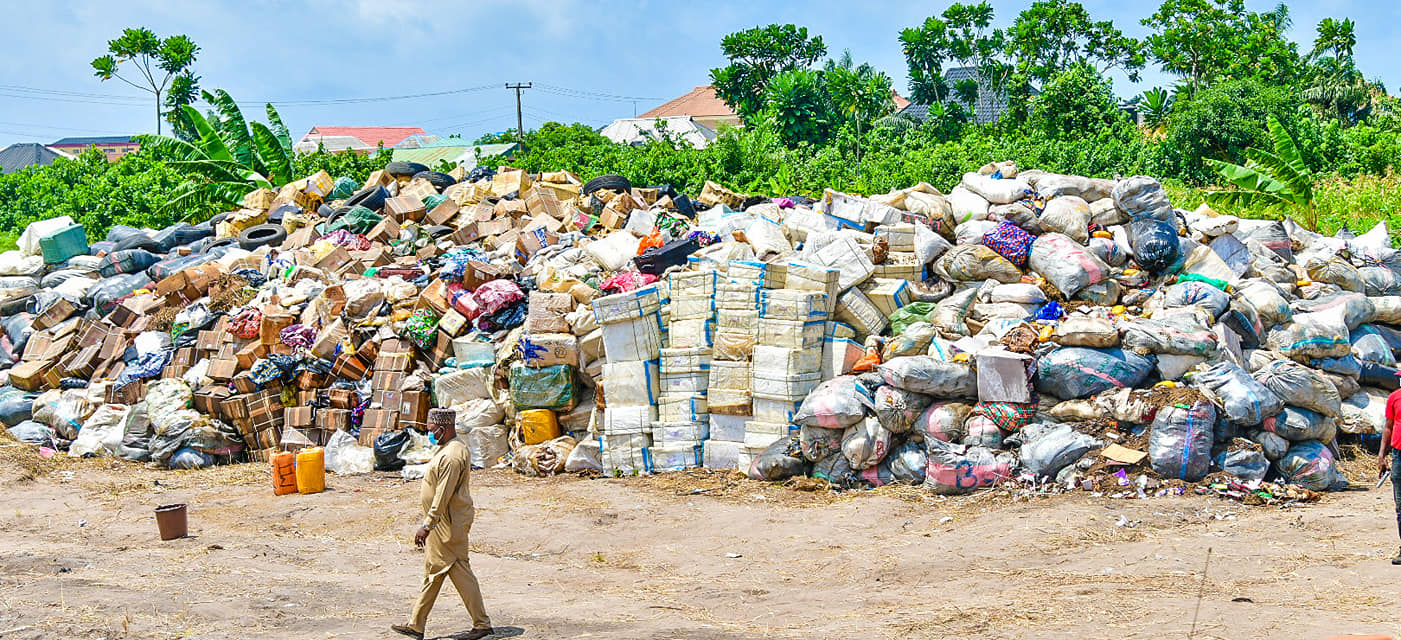Cocaine Consumption a Problem in West Africa
ADF STAFF
With cocaine trafficking at its highest recorded level, West Africa is battling both crime and addiction.
The region has historically been a transit region for cocaine as it made its way from South America to Europe, but that role also likely contributed to the development of local markets, according to the United Nations Office on Drugs and Crime (UNODC).
The trend has been unfolding for years. Pierre Lapaque, the UNODC’s regional representative, said he believes drug lords deliberately dump cocaine and other drugs in the region so that local dealers can charge prices low enough to attract new customers.
“Drug users are typically male, aged less than 25 and from a middle- or lower-middle-class background,” Lapaque told Voice of America (VOA). “This profile fits perfectly with Africa’s emerging population.”
Slow recovery from COVID-19, the impact of Russia’s war with Ukraine, and the Sahel region’s humanitarian crisis may exacerbate drug use and trafficking, according to the UNODC. Cocaine trafficking through the region helps finance extremist violence in the Sahel.
Although it is difficult to track cocaine use, the UNODC’s “Global Report on Cocaine 2023” used drug treatment data to develop a picture of the problem. As of 2017, cocaine accounted for 26% of Ghanaians seeking treatment for drug use. In Côte d’Ivoire, it accounted for 27% of people seeking treatment for drug abuse; the rates were 50% in Liberia and 31% in Guinea.
The continent accounted for 9% of global cocaine use in 2020, according to the UNODC.
The UNODC report found that crime syndicates in Africa are farming out work to local “service providers” who manage parts of the cocaine supply chain — and sell it to locals.
Service providers typically collect cocaine from its place of entry. They often deliver the drug for a fee, which could be paid in money or in-kind services, the latter of such transactions “drives cocaine availability on the domestic market of the transit countries,” the report said.
In West Africa, one busy point of entry is near Guinea’s border with Sierra Leone, where drugs often arrive by sea. Cocaine seizures in the region give an incomplete picture of the movement of the drug, but are used by officials to pinpoint hotspots.
Côte d’Ivoire, for instance, has seen record cocaine seizures in recent years, including a 6-ton bust in February 2019.
As reported in The African Report, other examples include:
* Officials seized 9.5 tons of cocaine in Cabo Verde in February 2019 and another 5.7 tons in April 2022.
* In Senegal, officials seized 5.1 tons of cocaine in April 2020; in January, more than 800 kilograms of cocaine was seized off the coast of Dakar.
* Officials seized 3 tons of cocaine in The Gambia in January 2021.
According to The Africa Report, Nigerian criminal enterprises have extended their presence to a large part of the region and now supervise part of the transit route to the Mediterranean Sea through the Sahara desert.
In “Mafia Africa,” a book published in March 2023, some cocaine “barons” in Igbo State, Nigeria, boasted that “they have been able to import cocaine autonomously thanks to their good relations with São Paulo’s drug traffickers.”
In September 2022, Nigeria’s National Drug Law Enforcement Agency seized 1.8 tons of cocaine worth $278 million from a Lagos warehouse in what it claimed was the country’s largest cocaine bust ever.
The security and societal challenges of cocaine distribution and consumption are likely to continue in West Africa as worldwide production of the substance has increased by 35% over the last two years.


Comments are closed.